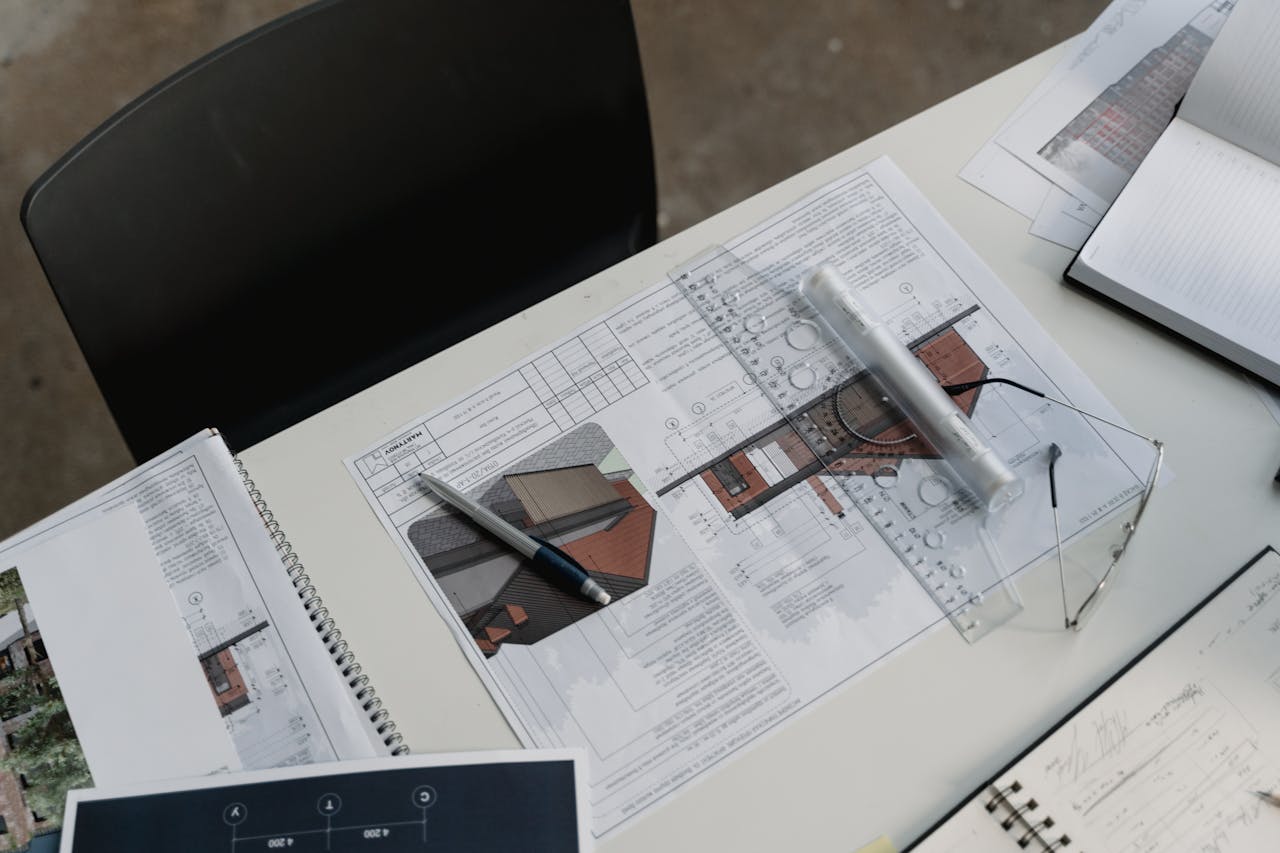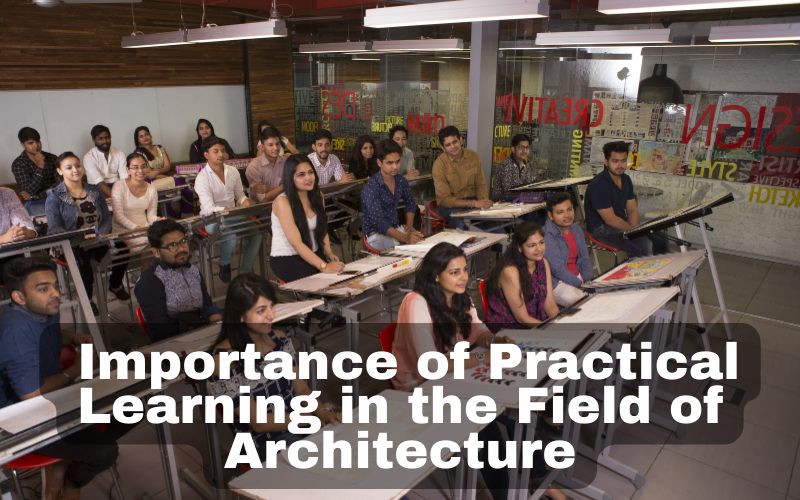Architecture is a fine mixture of art, science, and technology. While theoretical knowledge provides a foundation, practical learning is crucial for aspiring architects to transform their conceptual understanding into real-world applications. This article explores the importance of practical architectural learning and how it shapes competent, innovative, and socially responsible professionals.

Bridging Theory and Practice
- Real-World Application
Practical learning allows students to apply theoretical knowledge to real-world scenarios. Architectural concepts such as structural integrity, material properties, and spatial dynamics become more comprehensible when students engage in hands-on activities. This experiential approach helps in solidifying abstract ideas and enhances problem-solving skills.
- Design and Creativity
Designing structures that are both functional and aesthetically pleasing requires creativity. Practical learning encourages students to experiment with different materials, forms, and technologies. This experimentation fosters innovation and helps students develop a unique design perspective that theoretical learning alone cannot provide.

Enhancing Technical Skills
- Construction Techniques
Understanding construction techniques is essential for architects. Practical learning provides exposure to various building methods, from traditional craftsmanship to modern construction technologies. This knowledge is critical for designing structures that are not only visually appealing but also structurally sound and sustainable.
- Use of Tools and Software
Architects rely heavily on tools and software for design, modeling, and analysis. Practical learning opportunities, such as workshops and internships, allow students to gain proficiency in industry-standard software like AutoCAD, Revit, and SketchUp. Familiarity with these tools is indispensable for effective project execution.

Developing Professional Competencies
- Project Management
Architectural projects require meticulous planning, coordination, and execution. Practical experiences, such as internships and site visits, expose students to the intricacies of project management. They learn to work with multidisciplinary teams, manage budgets, adhere to timelines, and navigate the complexities of construction projects.
- Communication Skills
Effective communication is vital in architecture, whether it’s presenting ideas to clients, collaborating with engineers, or leading a construction team. Practical learning enhances verbal, written, and visual communication skills. Students learn to articulate their ideas clearly, prepare detailed reports, and create compelling presentations.
Fostering Social Responsibility
- Sustainability and Environmental Impact
Modern architecture emphasizes sustainability and minimizing environmental impact. Practical learning exposes students to sustainable design practices and eco-friendly materials. This knowledge is crucial for developing designs that reduce carbon footprints and promote environmental stewardship.
- Community Engagement
Architects play a significant role in shaping communities. Practical learning opportunities, such as community-based projects, teach students the importance of understanding and addressing the needs of the communities they serve. This engagement fosters a sense of social responsibility and ensures that their designs positively impact society.

Enhancing Employability
- Building a Portfolio
A robust portfolio is essential for securing employment in architecture. Practical learning experiences provide tangible work samples, such as project drawings, models, and case studies. These samples showcase a student’s skills, creativity, and hands-on experience, making them more attractive to potential employers.
- Networking Opportunities
Practical learning often involves interaction with industry professionals, whether through internships, site visits, or workshops. These interactions provide valuable networking opportunities, helping students build relationships with experienced architects and potential employers. Networking can lead to mentorship, job opportunities, and collaborative projects.
Conclusion
The importance of practical learning in the field of architecture cannot be overstated. It bridges the gap between theory and practice, enhances technical and professional skills, fosters social responsibility, and improves employability. By engaging in hands-on experiences, aspiring architects not only deepen their understanding of architectural principles but also prepare themselves to tackle real-world challenges with confidence and creativity. Practical learning is, therefore, a cornerstone in the education and development of future architects.
Where to learn interior design and architecture
IVS is the best institute to equip yourself with theoretical and practical knowledge. It gives amazing exposure to students through market surveys, workshops and different events. An approach towards persistent and multidimensional training makes it the best in the industry. If you are looking for the best architecture & interior design institute in Delhi, then must contact IVS School of Art & Design
Author Bio
Ar. Ankita is a landscape architect by profession, she has been dedicatedly practicing in the field of landscape architecture for more than five years and has a strong commitment to environmental research. Her passion for aesthetics and deep-seated creativity make her a part of IVS.





